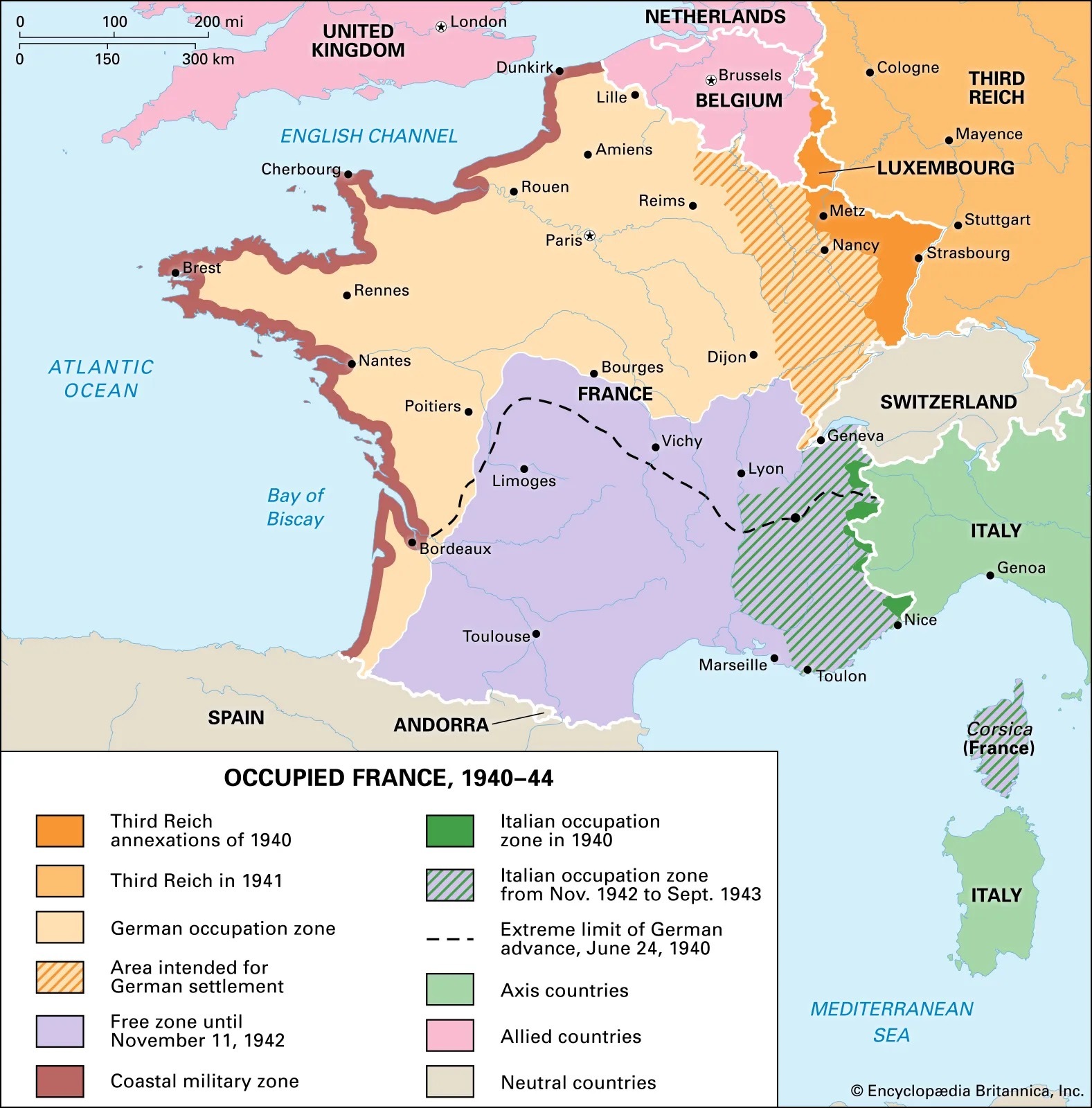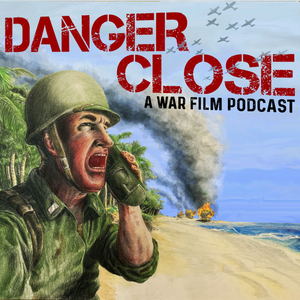Charlotte Gray (or Harry Potter and the Nazi Resistance.)
Richard Stephens
Minor in History, focusing on military history
Special Note - It’s hard to watch a movie about resistance fighters right now and not draw parallels to
the plight of Ukrainian people presently.
Rich’s Take: I really wanted to like this movie. It’s an aspect of WWII that doesn’t get much attention,
and I was excited to delve into it (how could I go wrong with Cate Blanchett.) While the film is well
acted and looks good, the topic deserves better in my opinion. This movie was kind of all over the map.
The movie clearly wants us to feel these deep connections between the principal characters, but I felt it
never really develops on screen. By the time we get to the end, and we should have this emotional
reaction to the events, I just couldn’t feel it.
Trivia
The Gleninnan Viaduct train shown in the opening is the same from the Harry Potter franchise.
Michael Gambon (who portrayed Dumbledore in the Harry Potter films after Richard Harris passed
away) plays Julien’s father. (I personally couldn’t help but hear Dumbledore every time he was in a
scene, which undoubtably lessened the overall affect of the film for me. His voice is just so distinct.]
The true story of a FANY/S.O.E. agent Nancy “white mouse” Wake inspired the novel this movie was
based on – though her real life exploits were not depicted in this film, nor does it appear that Charlotte
was based on her.
Talking Points
First Aid Nursing Yeomanry (Princess Royals Volunteer Corps) – FANY (PRVC) – Founded in 1907 the
FANY was formed as an all women First Aid organization. They are an independent, voluntary
organization, not officially attached to the military. Members are not commissioned but do operate as
an officer corp.
During WWII, FANY’s were primarily deployed as radio officers, encryption specialists, wireless
operators, radar operators, and personal assistants (drivers, coders and decoders.) The corp. contained
6,000 women in WWII; 2,000 of which were in the British Special Operations Executive (S.O.E.) – a
precursor to modern special operations forces who waged guerrilla war in enemy-occupied territory
working with resistance forces. “39 of the 50 women sent into France by the S.O.E. during the war were
FANY’s. Women could move about more freely in the occupied territories because, since over 1.6
million French men had been deported by the Germans into forced labor, male resistance fighters were
dangerously conspicuous.” 1
13 of the 39 women were captured and killed by the Gestapo.
Vichy France – The French State established by the Franco-German Armistice of June 22, 1940 which
divided France into two zones; one under German occupation and one consisting of full French
sovereignty (at least on paper.) This unoccupied zone consisted of southeastern France (purple in map
below) with Vichy as the seat of civil administration.
While officially independent, it adopted a policy of collaboration with Germany – until November of
1942 when Germany and Italy completed their occupation of France, effectively ending the Vichy
regime.
[Side note: In Casablanca Captain Renault is questioned by German Maj. Strasser which side he’s on.
He says, “I have no conviction, if that's what you mean. I blow with wind, and the prevailing
wind happens to be from Vichy.” Easy to imagine that most people would just “go along to
get along” to survive.]

The French Resistance – On June 18 th , 1940 Charles de Gaulle addressed the people of France from
London. He called on the French people to continue to fight the Germans. In northern France this
meant direct opposition to the German occupying forces. In southern France, this often-meant
opposition to the collaborative Vichy government.
The French Resistance was an umbrella term which included numerous anti-German resistance
movements based in France. Some were in contact with and took orders from the British S.O.E., some
were communist resistance groups, some were loyal to de Gaulle, while others wanted regional
independence. The point being, there was not one “unified” resistance force integrated into the overall
allied plan and operating from a unified chain of command; but there were several bands of resistance
groups with their own goals, ideals, etc. fighting for France (or better put, fighting for their version of
what France should be.)
Works Cited
First Aid Nursing Yeomanry Emergency Response Est. 1907. History | FANY (PRVC) - Princess
Royal's Volunteer Corps. (Accessed 3/13/2022.)National Army Museum. Special Operations Executive. Special Operations Executive | National
Army Museum (nam.ac.uk). (Accessed 3/12/2022.)The French Resistance. The French Resistance - History Learning Site. (Accessed 3/15/2022.)
BBC News - Charles de Gaulle speech (Accessed 3/15/2022.)
